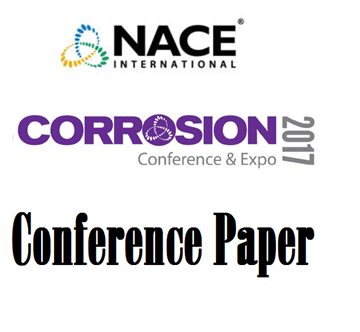Search
Cathodic Protection -Based Solutions For Corrosion Prevention Of “Green Aluminum” Alloys
Also Purchased
Cathodic Protection Monitoring In Water And Wastewater Systems
Product Number:
51322-17655-SG
Publication Date:
2022
$20.00
Case Study: HDD CP Retrofit For Existing Critical Service Ethylene Above Ground Storage Tank.
Product Number:
51322-18035-SG
Publication Date:
2022
$20.00
Can an Intermittent Cathodic Protection System Prevent Corrosion of Buried Pipeline?
Product Number:
51317--9353-SG
ISBN:
9353 2017 CP
Publication Date:
2017
$20.00




